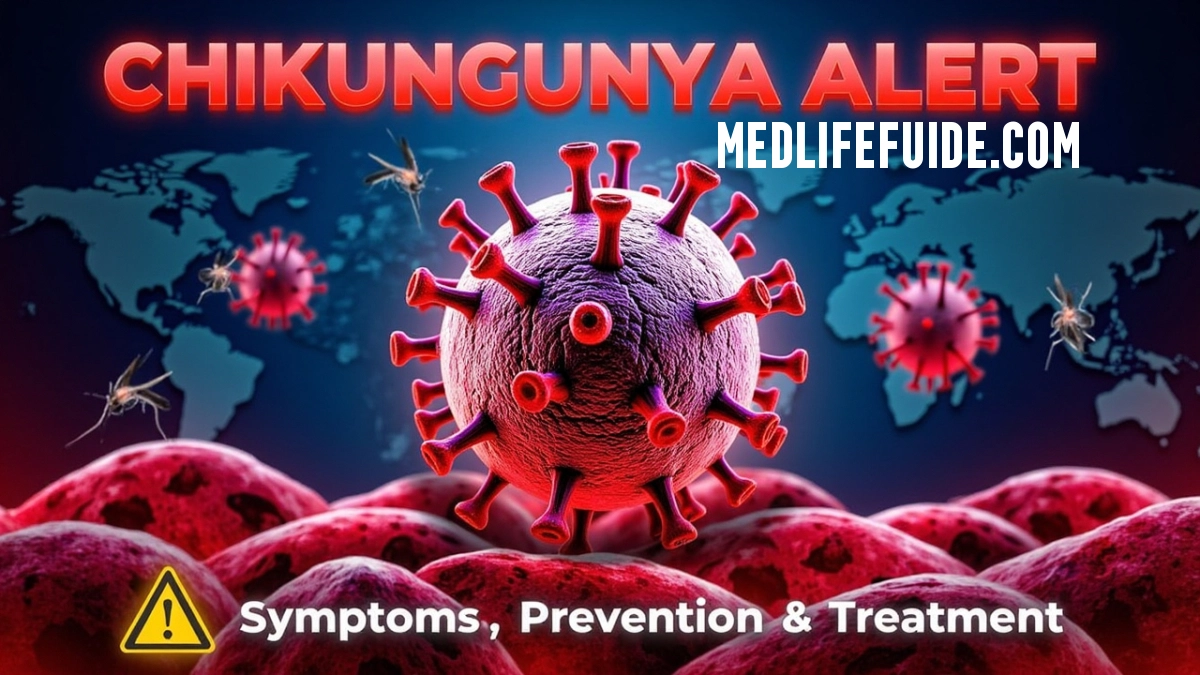The Chikungunya virus (CHIKV) is a mosquito-borne illness that has caused outbreaks in tropical and subtropical regions worldwide. Unlike its more infamous cousin, dengue, Chikungunya is rarely fatal but can lead to debilitating joint pain that lasts for months—or even years.
In this guide, we’ll break down everything you need to know about the Chikungunya virus, including:
- How it spreads
- Key symptoms to watch for
- Effective treatment options
- Prevention strategies
- Latest research and outbreaks
Whether you’re a traveler, healthcare professional, or just curious, this article provides actionable insights to help you stay informed and protected.
What Is the Chikungunya Virus?
Chikungunya is an alphavirus transmitted primarily by Aedes aegypti and Aedes albopictus mosquitoes—the same pests responsible for dengue and Zika. The name “Chikungunya” comes from the Makonde language (Tanzania), meaning “to become contorted,” referring to the severe joint pain it causes.
How Does Chikungunya Spread?
- Mosquito bites: The primary mode of transmission.
- Mother-to-child: Rare, but possible during childbirth.
- Blood transfusions: Extremely uncommon but documented.
Unlike COVID-19 or the flu, Chikungunya does not spread through casual contact, making mosquito control the best prevention method.
Symptoms of Chikungunya Virus
Most infected people develop symptoms within 3–7 days after a mosquito bite. Common signs include:
- High fever (sudden onset, up to 104°F)
- Severe joint pain (often in hands, wrists, ankles)
- Muscle pain, headache, fatigue
- Rash (in about 50% of cases)
- Nausea or vomiting
Key Difference from Dengue:
While dengue can cause life-threatening bleeding, Chikungunya’s hallmark is prolonged joint stiffness, sometimes lasting months (chronic Chikungunya arthritis).
Diagnosis and Treatment
How Is Chikungunya Diagnosed?
- Blood tests (RT-PCR or ELISA) detect the virus or antibodies.
- Rule out dengue & Zika, as symptoms overlap.
Treatment Options
There’s no specific antiviral for Chikungunya, but management includes:
- Rest & hydration
- Pain relievers (Avoid aspirin—risk of bleeding with dengue co-infection!)
- Anti-inflammatory drugs for joint pain
- Physical therapy for chronic cases
Emerging Research:
- Vaccines in development (Phase III trials underway).
- Monoclonal antibodies being tested for severe cases.
Prevention: How to Avoid Chikungunya
Since no vaccine is widely available yet, mosquito control is critical:
- Use EPA-approved insect repellent (DEET, picaridin, or oil of lemon eucalyptus).
- Wear long sleeves & pants in high-risk areas.
- Install window screens & use bed nets.
- Eliminate standing water (mosquito breeding sites).
Travel Tip: Check CDC advisories before visiting tropical regions.
Recent Outbreaks & Global Impact
Chikungunya has caused epidemics in:
- Caribbean (2013–2014)
- India & Southeast Asia (recurrent outbreaks)
- Brazil & Paraguay (2023 surge)
Climate change is expanding Aedes mosquitoes’ habitat, increasing outbreak risks in new areas like Southern Europe and the Southern U.S.
Key Takeaways & Action Steps
- Chikungunya is not usually deadly but can cause long-term joint pain.
- Prevention = mosquito control (repellents, eliminating stagnant water).
- Seek medical testing if you develop fever + joint pain after travel.
- Stay updated on vaccine developments.

